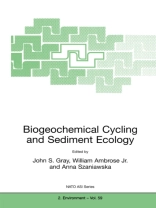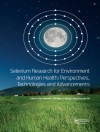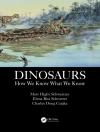Oceanographic discontinuities (e. g. frontal systems, upwelling areas, ice edges) are often areas of enhanced biological productivity. Considerable research on the physics and biology of the physical boundaries defining these discontinues has been accomplished (see [I D. The interface between water and sediment is the largest physical boundary in the ocean, but has not received a proportionate degree of attention. The purpose of the Nato Advanced Research Workshop (ARW) was to focus on soft-sediment systems by identifying deficiencies in our knowledge of these systems and defining key issues in the management of coastal sedimentary habitats. Marine sediments play important roles in the marine ecosystem and the biosphere. They provide food and habitat for many marine organisms, some of which are commercially important. More importantly from a global perspective, marine sediments also provide "ecosystem goods and services" [2J. Organic matter from primary production in the water column and contaminants scavenged by particles accumulate in sediments where their fate is determined by sediment processes such as bioturbation and biogeochemical cycling. Nutrients are regenerated and contaminants degraded in sediments. Under some conditions, carbon accumulates in coastal and shelf sediments and may by removed from the carbon cycle for millions of years, having a potentially significant impact on global climate change. Sediments also protect coasts. The economic value of services provided by coastal areas has recently been estimated to be on the order of $12, 568 9 10 y" [3J, far in excess of the global GNP.
J. Gray & William Ambrose Jr.
Biogeochemical Cycling and Sediment Ecology [PDF ebook]
Biogeochemical Cycling and Sediment Ecology [PDF ebook]
购买此电子书可免费获赠一本!
语言 英语 ● 格式 PDF ● ISBN 9789401146494 ● 编辑 J. Gray & William Ambrose Jr. ● 出版者 Springer Netherlands ● 发布时间 2012 ● 下载 3 时 ● 货币 EUR ● ID 4705839 ● 复制保护 Adobe DRM
需要具备DRM功能的电子书阅读器












